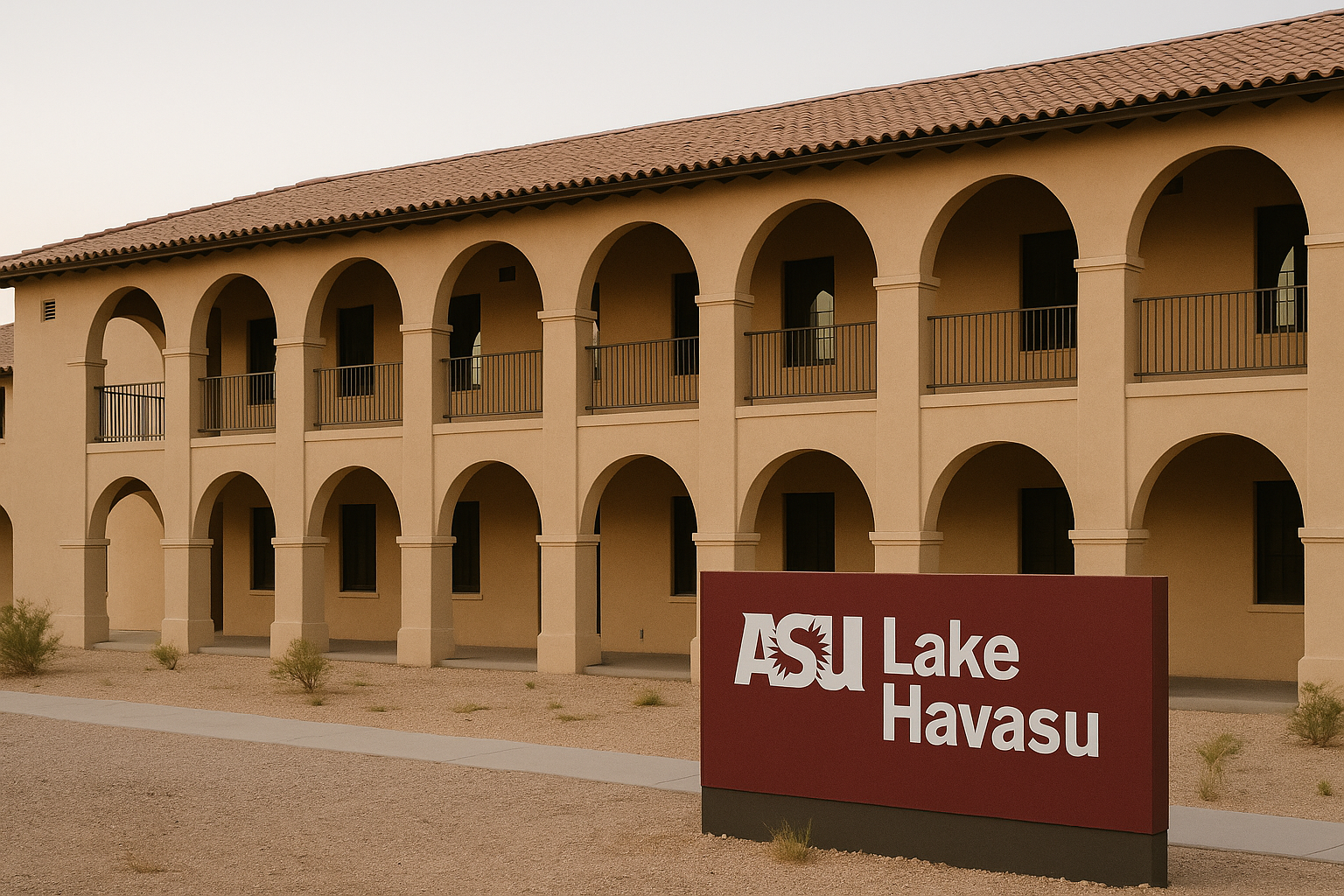ASU Closes Lake Havasu Campus, Straining Rural Postsecondary Access
Arizona State University announced the closure of its Lake Havasu City satellite campus on June 1, 2025, impacting 285 enrolled students and reducing higher-education access in Mohave County. The decision comes amid state budget constraints and declining enrollment figures.
Campus Closure Details and Timeline
The ASU Colleges at Lake Havasu City, operating since August 2012, officially shut down on June 1, 2025 en.wikipedia.org. Located in Mohave County, the campus served about 285 students, primarily offering upper-division undergraduate coursework. The announcement followed budget cuts across Arizona public universities and enrollment declines consistent with statewide trends .
Prospective transfer students and community partners are now being redirected to other ASU campuses in Phoenix, Tempe, or online programs, increasing travel burdens for rural learners.
Impact on Students and Local Community
Lake Havasu students face new challenges: the nearest full-service ASU campus is 200 miles away—at Tempe or Downtown Phoenix—posing significant commuting or relocation hurdles. Local employers and community leaders in Mohave County have emphasized concern over reduced access to local higher education.
“Rural Arizona depends on accessible degree programs,” said local workforce officials, noting the campus was a crucial pipeline for regional professional training.
Statewide Higher-Education Funding Strains
The ASU closure aligns with broader funding pressures. Arizona state funding per student has dropped roughly 10% since 2020, while statewide enrollment contracted by 3–5% in the past two years arizonagifted.org. Budget reductions implemented across the Arizona Board of Regents system—from ASU, UA to Northern Arizona University—have disproportionately affected smaller satellite sites.
This trend occurs even as higher-education demand grows in rural counties where community colleges often compensate for university absence.
Mohave County Seeks Alternatives
Mohave County officials have begun discussions with the Arizona Department of Education and regional community colleges to expand dual-enrollment and workforce development programs. There is also talk of leveraging 2023 bond funding earmarked for vocational training facilities to offset the loss of local university access.
County Superintendent Jonathan Chavez emphasized that maintaining affordable access to higher education remains a top priority for Lake Havasu’s economic competitiveness.
Broader Implications for Rural Arizona
Lake Havasu follows other rural-campus closures, raising long-term concerns about Arizona’s higher-education equity. Students in isolated regions already face transportation and financial barriers; campus closures risk exacerbating rural brain drain.
Educational advocates are urging state policymakers to consider targeted reinvestment in rural campuses or partnerships with community colleges to preserve pathways into four-year degree programs.
Looking Ahead: Support and Opportunity
Although the ASU campus is now closed, students impacted by this change are being offered support through advising, financial aid assistance, and streamlined transitions to other campuses. Online learning and transfer agreements aim to ease educational continuity.
Local stakeholders continue pushing for expanded hybrid and remote learning hubs so rural residents retain convenient access to university programs without relocating.
Key Takeaways
- Campus closure date: June 1, 2025; 285 ASU students impacted
- Statewide cuts: 10% per-student funding decrease; Arizona higher-ed enrollment down 3–5%
- Accessibility concerns: Increased travel burdens for rural learners, Mohave County looking into alternatives
- Policy considerations: Calls for reinvestment and rural education equity, potential for hybrid programming solutions
Arizona’s decision to shutter its Lake Havasu satellite campus highlights growing tensions between university financial realities and rural education access. As Mohave County scrambles to find new pathways for learners, the move signals a pressing need to balance systemic budget constraints with broader state commitments to equitable higher education.
